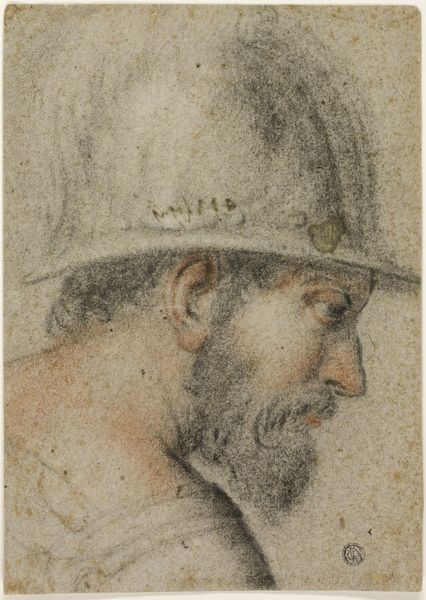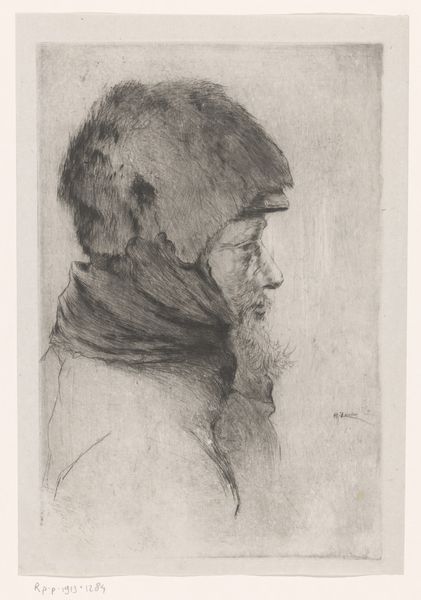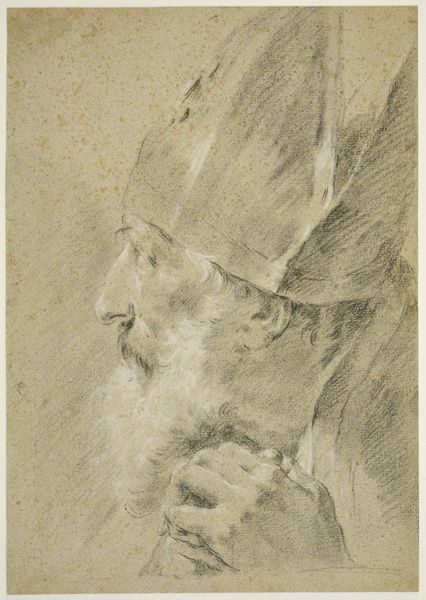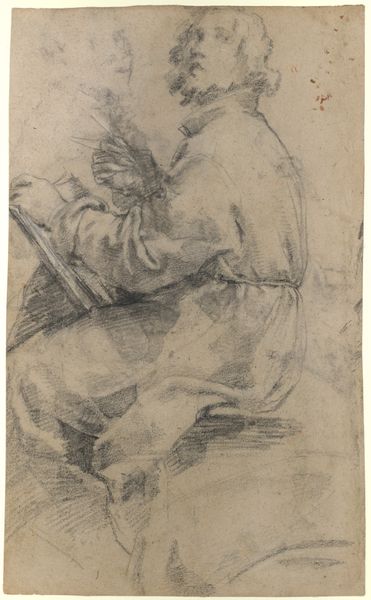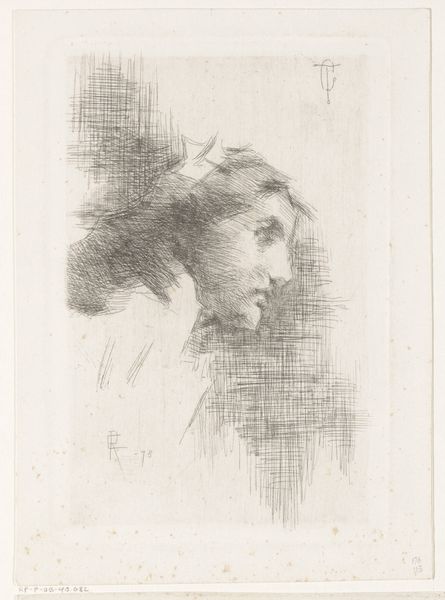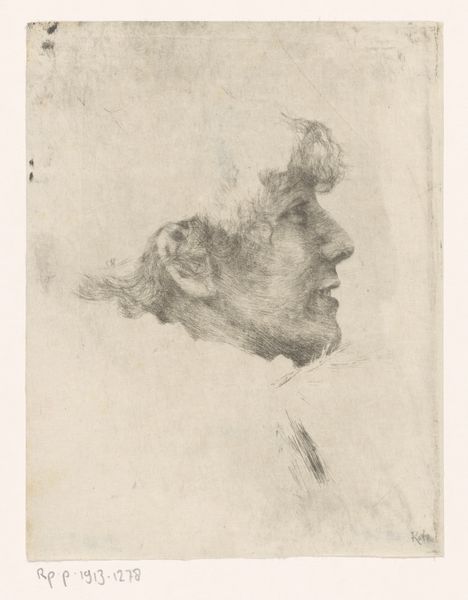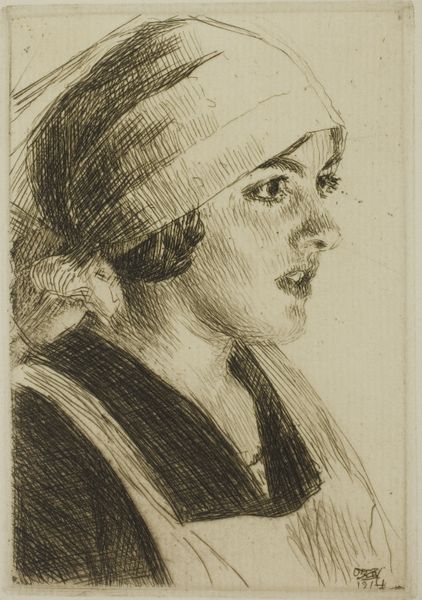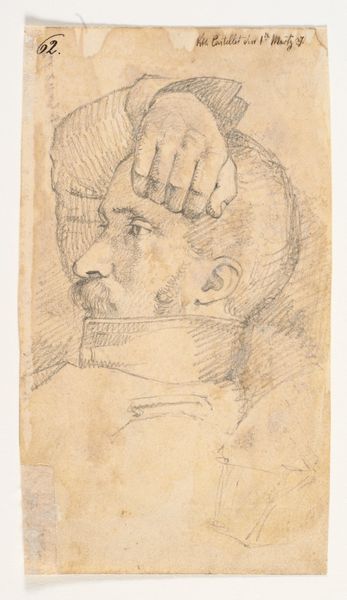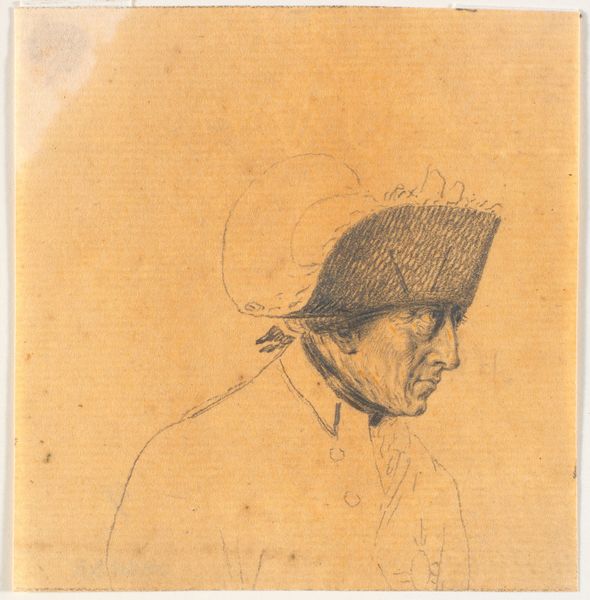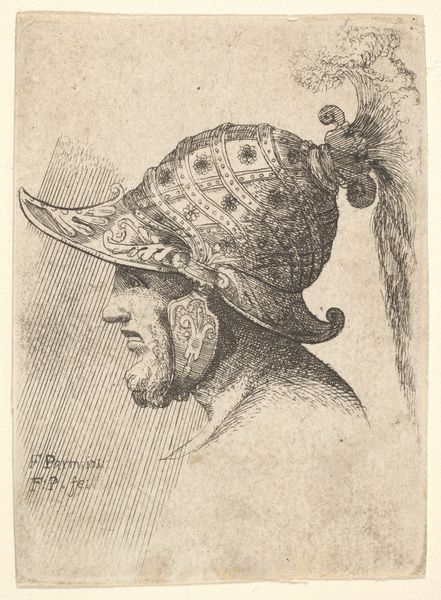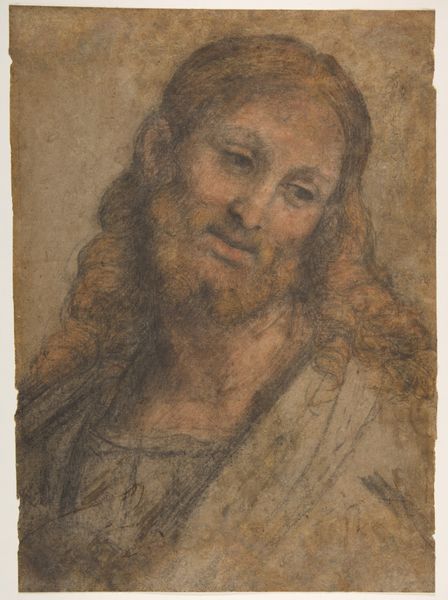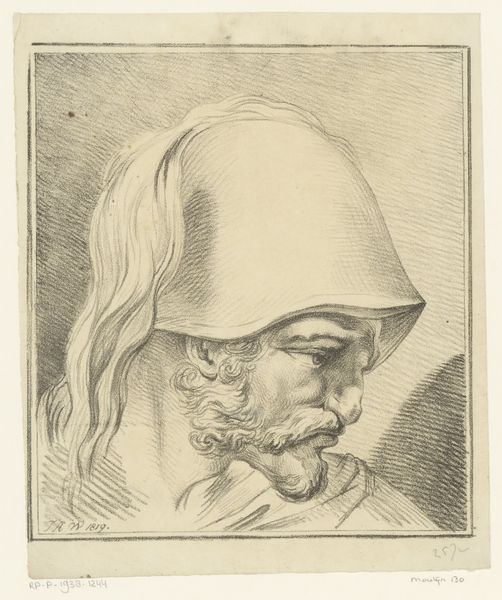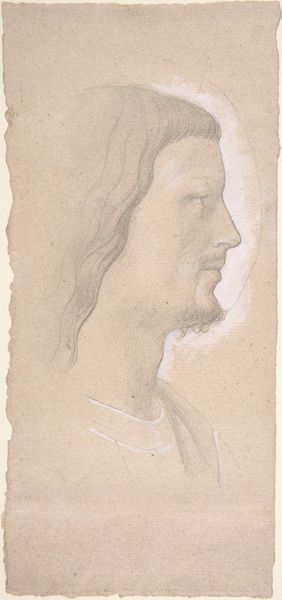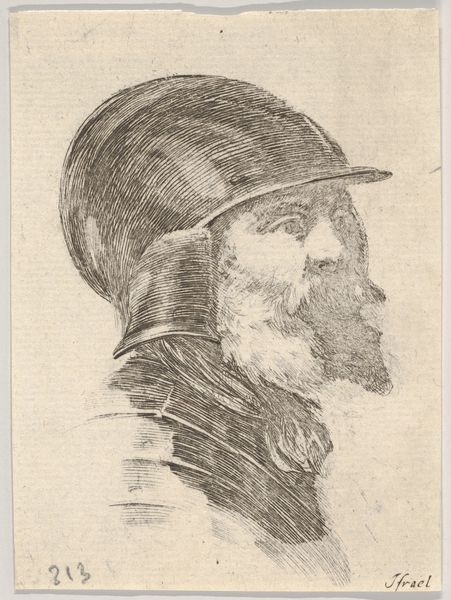
drawing, chalk, charcoal
#
portrait
#
drawing
#
baroque
#
chalk
#
portrait drawing
#
charcoal
#
portrait art
Dimensions: overall: 39 x 28.5 cm (15 3/8 x 11 1/4 in.)
Copyright: National Gallery of Art: CC0 1.0
Editor: So, this is Charles Le Brun's "Head of a Macedonian Soldier," created around 1668, using chalk and charcoal. There's this incredible tension in the face; you sense a shout held just behind the lips. How do you interpret this work, particularly the emotions it conveys? Curator: It's crucial to see this outside a vacuum. The grand, baroque style exemplified here often served as propaganda. This “Macedonian soldier” isn’t just a portrait; it’s a symbol of power and authority during Louis XIV's reign. Editor: Power? But the man seems almost pained, or at least caught off guard. Curator: Exactly. Le Brun's manipulation lies there. By injecting a touch of vulnerability into an otherwise strong figure, it reinforces the idea of divinely ordained rule – a human face on unyielding power, legitimizing the political status quo. Consider the limited gaze as a deliberate framing, the art of strategic visibility. Editor: So, the emotion is deliberately engineered to sell a particular political narrative? Curator: Precisely. Who does this imagery serve? How does the art world sustain the idea of leadership? These are important aspects of interpretation. Le Brun, after all, wasn't just an artist; he was the 'first painter to the King.' That positioning matters. Editor: I never considered how direct of a link there would be. Seeing this piece through the lens of political intent definitely gives me a different perspective. Curator: The goal is never merely aesthetics; it's always about critically unpacking how artworks participate in shaping our understanding of the world, power, and ultimately, ourselves.
Comments
No comments
Be the first to comment and join the conversation on the ultimate creative platform.
